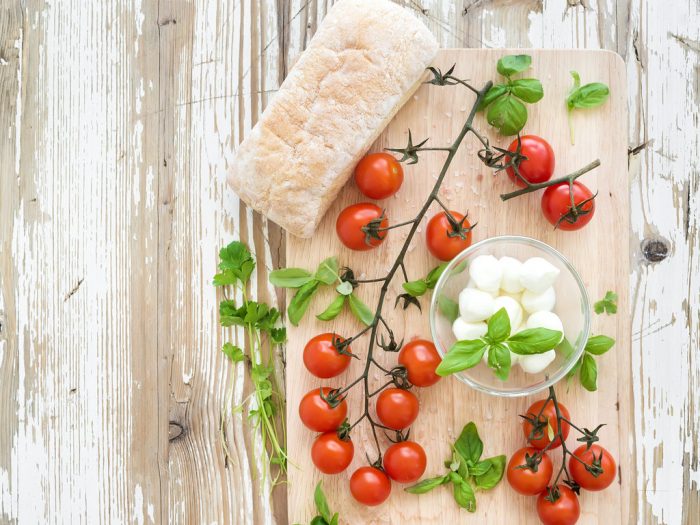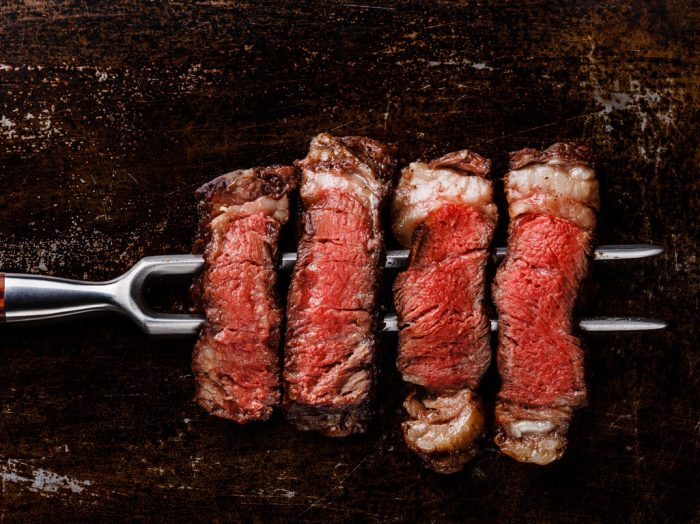For some, it’s hard to imagine the world without mozzarella. What would pizza be without it, after all? Not to mention it works well as a topping for pretty much any main dish imaginable. But which one to choose? Fresh mozzarella or low-moisture mozzarella? Here’s what you need to know to make an informed choice.
I happen to like both categories of mozzarella in equal measure. But you can’t use any of them in any dish you are cooking. Basically, they have different uses. They work with different temperatures and they have a completely different texture. So how about we grab our forks and dig into this culinary choice? Spoiler alert: it doesn’t matter if you choose fresh mozzarella or low-moisture mozzarella – both are tasty and a great addition to your recipes.
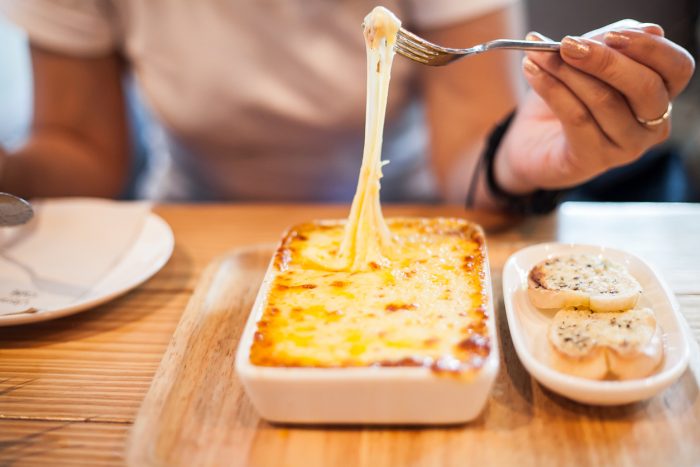
Fresh mozzarella or low-moisture mozzarella?
The choice depends on the age-old question: what’s cooking? Because fresh mozzarella is something uniquely suited to cold dishes. It has a great flavor when chilled, and an even better texture. On the other side, low-moisture mozzarella, often found in a shredded condition, is the one that shines when heat is applied. It has a great elasticity and when melted, it can bring so much to the table!
Of course, you can mix them up and try them in opposite directions. Your palate is your own and you know best what you like. But some rules in the kitchen are rules because they have been proven to work for a great number of people!
Excellent for salads: fresh mozzarella
Fresh mozzarella is a bright white cheese, usually found in different size ball formats. It’s also called ovoline mozzarella when it’s egg-shaped and has about 4 ounces, which I’ve always found to be a classy name. You can also find fresh mozzarella in other varieties, like bocconcini (or bite-sized), perline or like a pearl, burrata – which is a mozzarella shell filled with mozzarella cream.
I remember the first time I chose not to cut the mozzarella with a knife, but break it up into pieces with my fingers and throw it in the salad I was making. It’s quite a relaxing feeling and texture that I think you should try.
You can find mozzarella packed in water or hand-wrapped in plastic wrap. It has a high degree of moisture and it only has a seven-day window before expiring. When you heat the fresh mozzarella, the water evaporates from it, so it doesn’t usually work on any heated food. Well, sometimes it goes really well on pizza.
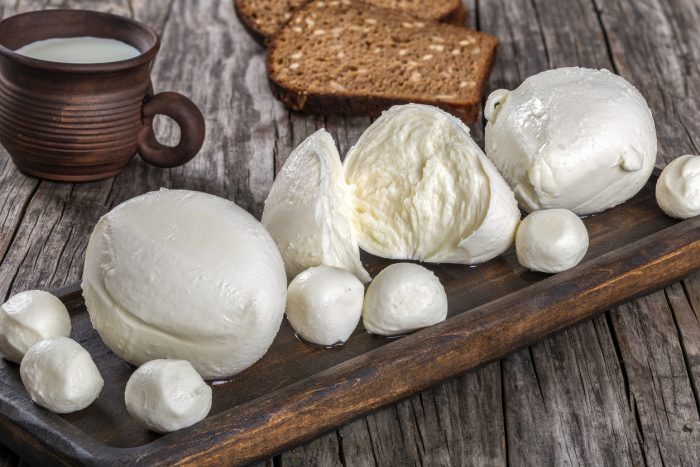
Low-moisture mozzarella: the regular one?
This one is usually considered to be the regular type of mozzarella. It is made by souring fresh mozzarella a bit longer and then drying it out. It tends to be saltier, with a stronger flavor, and it also has a longer window before it reaches its expiration date.
Because it’s a lower moisture variety, this mozzarella is exponentially better when you apply heat. Sprinkle some shredded mozzarella over a pizza, casserole, or oven-baked snack and you will get this amazing creamy texture, that browns wonderfully and forms a crunchy surface. Just thinking about it makes my mouth water. Without low-moisture mozzarella, there wouldn’t be any grilled-cheese sandwiches. And who wants to have a life like that?
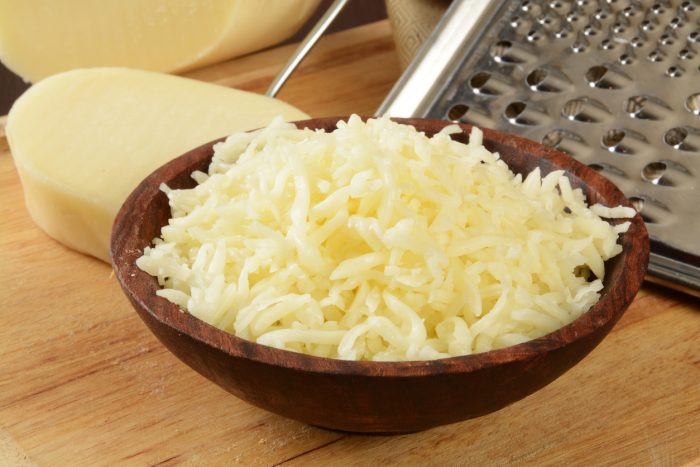
Buffalo milk?
The original fresh mozzarella, as purists will never neglect to tell you, was made from free-range buffalo milk. There are still some companies that provide this type of classic mozzarella. But most of the brand you find in the supermarket produce mozzarella made from cow milk.
No matter the type, we have so many recipes with mozzarella. These will surely whet your appetite.

